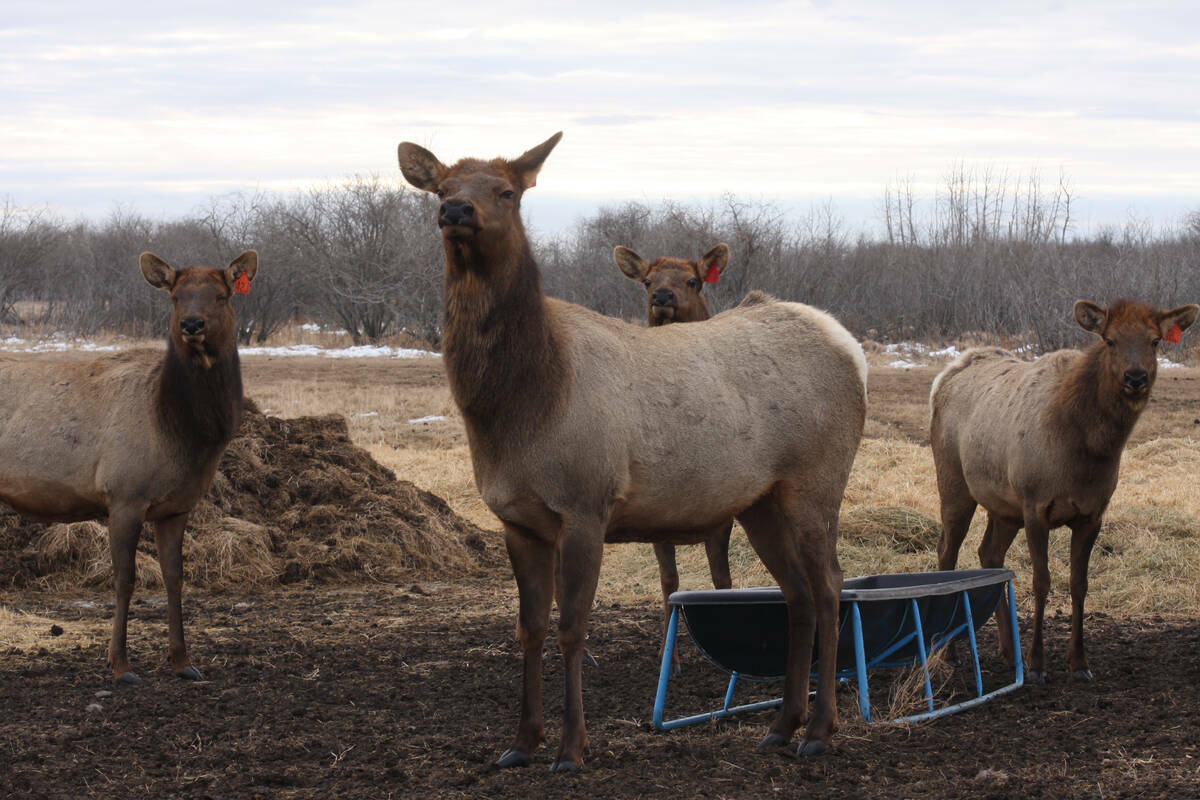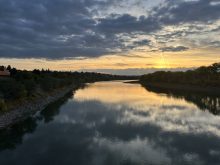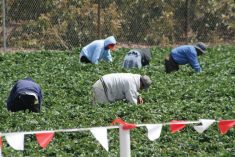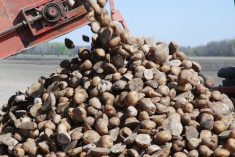In January, Alberta’s government invested $3.5 million to make the province more drought and flood resistant.
Rebecca Schulz, minister of environment and protected areas, said it has never been more important to improve the resiliency of Alberta’s watersheds.
“By working with local communities and partners, we are helping mitigate the impact of future floods and droughts in communities across the province while creating healthier water bodies for future generations,” she said.
Read Also

Cervid harvest preserves to be developed in the province under Bill 10
The Government of Alberta has given approval for creation of cervid harvest preserves.
The money will fund eight community groups to carry out projects like offsite watering and fencing in riparian areas.
Jim Fisher, vice-president of Canadian policy with Delta Waterfowl, is pleased with the announcement.
“This money goes to communities, but also to watersheds and counties and municipal districts,” said Fisher, who spent 2009 to 2016 working with ALUS, which was formed by Delta Waterfowl, an international group interested in watershed maintenance and how it influences healthy duck populations.
“There’s always challenges. If you look at the environment, there are always things that could be done to improve it. With agriculture comes challenges. We reduced a lot of the grasslands and growing more economic crops. That’s great for the economy, but a challenge for the environment,” he said.
“When you look at challenges within watersheds, it ebbs and flows.”
Right now, water quantity is low after several years of drought.
“On the quantity side, supports for projects like this can help build some resiliency into the systems,” Fisher said.
But there’s also the water quality side of the equation, such as excess phosphorus and nitrates, sometimes from crop fertilization.
“Those nutrients can end up in water bodies and cause problems like blue green algae in lakes that are poisonous for a long time,” he said.
Healthy watersheds can benefit biodiversity.
“Alberta is one of the most important jurisdictions on the continent for where ducks breed,” said Fisher.
Groundwater is associated with the wetlands.
“Wetlands will help keep the water on the land for a longer period and would recharge the groundwater systems and aquifers. That’s beneficial for all local farming and society in general.”
Better water management can also lead to better agricultural resiliency.
“Floods and droughts are part of natural cycles, but that doesn’t make them any easier to cope with,” said Christine Campbell, senior western hub manager of ALUS. She said it can be hard for farmers and ranchers to deal with these cycles.
“They can handle a dry year or two but when it’s stretching to three or four years in a row, many of the backup plans have been exhausted and soil water reserves depleted,” she said.
In some basins, like the closed Bow River basin, water restrictions will be part of daily life for everyone.
“Farmers and ranchers who rely on natural sources of water for their livestock and crops might just be left without many options this year.”
ALUS is a community-developed, farmer-delivered program that helps farmers and ranchers design resiliency into their operation by supporting nature-based solutions, said Campbell.
“These nature-based solutions allow the farmer or rancher to actively produce ecosystems services on their land, alongside traditional crops and livestock.”
This provides better soil health, more water-holding capacity, and more functional wetlands.
This type of program is in place through the Tributaries to Resilience Project, which is active in 20 municipalities.
The programs can include everything from wildlife habitat and biodiversity to carbon sequestration.
ALUS’s Tributaries to Resiliency program is designed to help tributaries and their surrounding landscapes become resilient to extreme weather and climate events. Multi-year droughts are a prime example.
Government funding is critical to the work, Campbell said.
“Demand for ALUS has grown greatly over the past decade or so, both from farmers looking for on the ground solutions to real and pressing problems like drought, but also from municipalities who realize producers hold the key to landscape level solutions,” she said. “More and more, we as a society are recognizing that those people doing those great things deserve to be rewarded for taking actions that benefit their communities.”
Shannon Frank, executive director of the Oldman Watershed Council, said a severe multi-year drought is occurring.
“The latest numbers from our government said that we have 37 per cent of the average stream flow, which is very low, and our snowpack is very low as well,” she said.
“We’re working collaboratively with the government of Alberta to prepare for a drought this spring. We’re expecting it will continue. We’ve seen a lot of producers struggling with dried out dugouts.”
The Oldman watershed contains many tributaries. It covers a big chunk of southwestern Alberta, from about High River in the north to Grassy Lake in the east where the Oldman River joins the Bow River. Some of the Oldman watershed is in the United States. The whole watershed is about 20,000 square kilometres.
“We work with quite a few ranchers and farmers directly on projects on their land. We know one of the best solutions to flood and drought resilience is our natural infrastructure,” Frank said.
This can include river valleys, waterways, wetlands, grasslands and trees, which protect people and the environment from severe weather events.
Creeks and other waterbodies without nearby trees have a higher risk of drying out.
The Oldman Watershed Council helps farmers and ranchers with projects, including replanting vegetation, building fencing to protect watersheds, or putting in troughs to water cattle away from the stream.
“We help naturalized wetlands, replant a lot of vegetation and just try to keep that natural infrastructure as healthy as possible because it is providing those protective services,” said Frank.
“The grant is going to help us do a lot of that restoration work. It’s also going to help with education.”
The council plans workshops to help producers, municipalities and First Nations manage through drought.
It is compiling water resources and information on a new website, abwater.ca.
















